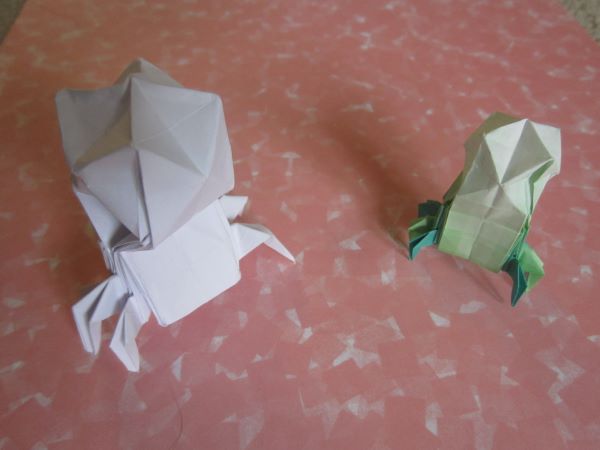There’s a certain kind of spam that bloggers get, which is mostly invisible to non-bloggers. So many people may not recognize it as spam, for lack of experience. Let me describe it for you.
The end goal of the spammer is to create links back to a website. I don’t pretend to know how their business model works, but I’d speculate that these spammers are paid by some website to boost their search rankings. The websites are generally disreputable shoestring budget operations, filled with plagiarism, AI-generated text, and other nonsense, and absolutely do not deserve to have their search rankings boosted.
The most common way to create links is by leaving comments. I get about 30 spam comments a day, but I never look at them because WordPress has a very effective spam filter. Many comments don’t bother trying to trick you, they’re straight up ads. Other comments are generic “I loved reading this!” type stuff, with a profile link back to the target website. Perhaps it’s no wonder that cranky old bloggers like me don’t appreciate generic praise.

